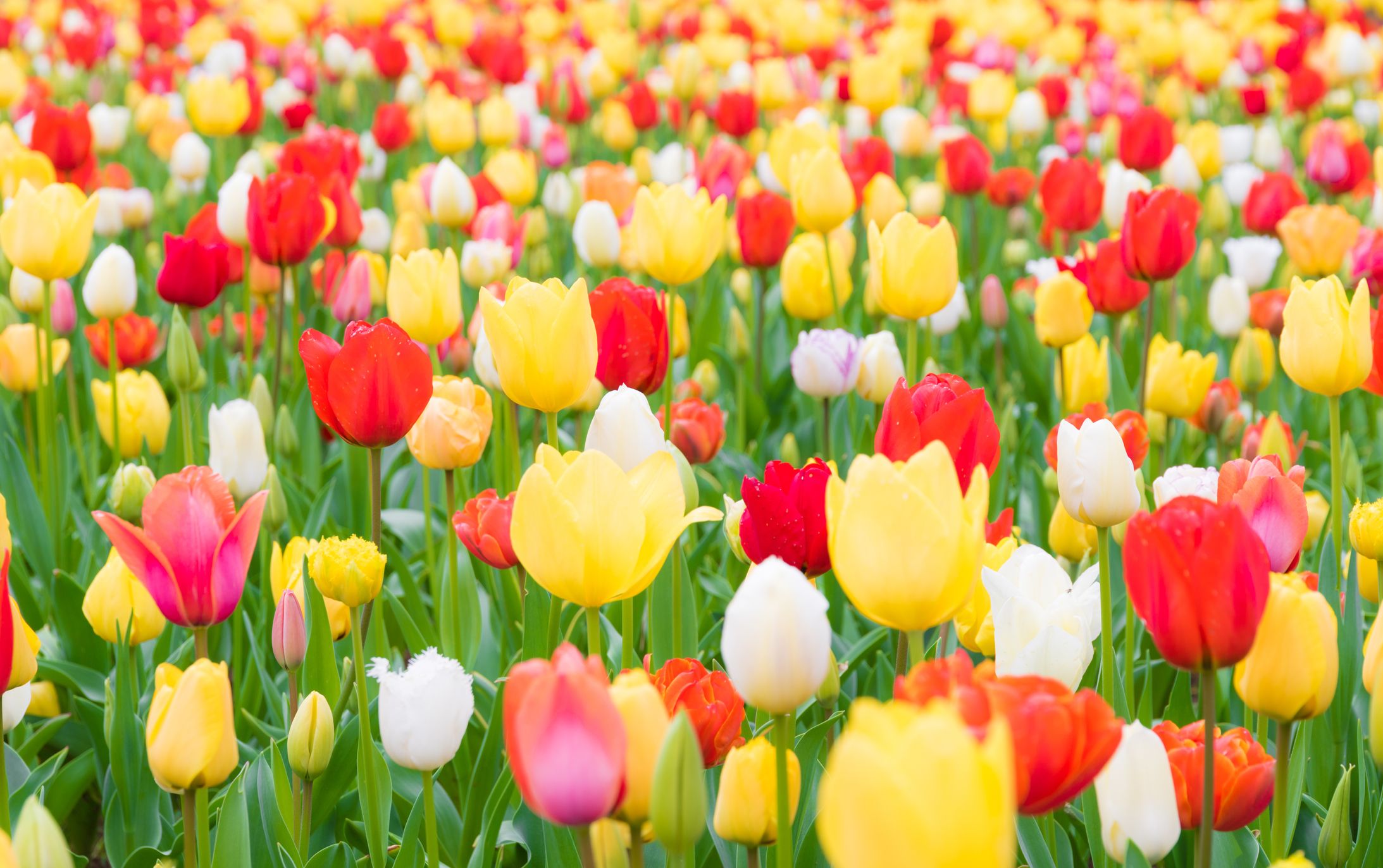

Agridisk
Egypt - Alexandria

10 best-selling and profitable flowers
Description: The field of flowers is one of the beautiful fields, and also profitable, as it mixes between beauty and profitability, so it is a very important field for those who want to invest their money in agriculture, but what flowers do you plant? We save you time, so here are the 10 best flowers for cultivation and they are the most profitable? Number 1 in sales, and it is not surprising that it is so, given that it is easy to grow and suits most types of soil, and has a vibrant color, and also attracts bees and flies, and its flowers are edible, and it is considered the noble knight among flowers. 2. Wild Italian Sweet Pea A flower with a beautiful appearance and comes in second place, for those who want to make a profit from the field of flowers, it is characterized by its wonderful purple colors. When you think about the profitability in agriculture, flowers might not immediately strike your mind. Yet, take a moment to reflect on the presence of florals in relation to our lives. From decking up wedding venues to conveying heartfelt condolences, from gardens and bouquets enhancing household aesthetics to romantic declarations, flowers are ubiquitous. While being appreciated for their vibrant array of colors, exquisite fragrances, and alluring textures, some have proven to be highly profitable in the market. Roses, the forever symbol of love and romance, are the stars of this floral world, proving to be financially attractive. Similarly, the complex and vibrant orchids are taking the market by storm with their year-round appeal and exotic charisma. Running a rose farm or small floral business is a thrilling opportunity for any entrepreneur who appreciates beauty and nature. The classic rose, with its timeless appeal and romantic symbolism, offers extensive market potential. But the question arises - is it possible to turn a profit with the classic rose? Let's delve further into this query and unravel its profitability. The Demand: In the floral industry, roses reign supreme. They grace weddings, anniversaries, birthdays, dates and countless other special occasions. Furthermore, thanks to the rise of home gardening trends and landscaping, many homeowners seek roses to upscale their gardens. So, yes, demand is high and continuous. The Cost: Rose cultivation comes with a share of expenses. Seeds, tools, land use, fertilization, labor, pest control, and logistics are unavoidable costs. However, with effective business and financial plans, operational efficiency can be raised, thereby pruning overall expenditure. The Pricing: With quality roses, you have the command over the price. Focusing on differentiation, offering unique rose varieties, rare colors and Fragrances, can trigger higher pricing opportunities. The Scale: Scale can have a direct impression on your profits. A smaller scale operation may find it more challenging to cover costs and make a profit due to the low volume of sales. On the other hand, as scale goes up, the cost per unit tends to go down. Direct-to-Customer Model: A significant upside can be achieved by skipping the middleman. Direct selling through online platforms, local farmers' markets or a direct subscription service can be considered. Value-Added Offerings: Besides selling fresh roses, think about value-added rose products such as rose oils, rose petal jam, rose water, and dried rose decoratives to boost revenue. Innovation and Sustainability: Innovating eco-friendly and sustainable practices of rose farming can warrant premium pricing and set your business apart. Plus, it opens doors for potential green-funding opportunities and tax benefits. Finally, the key is to approach the business with an open and innovative mindset. With the classic rose, there will always be demand; mastering the juggling act between cost-efficiency, quality, and innovation is where the answer to profitability lies. Remember, every rose has its thorn, but smart entrepreneurs know how to turn these thorns into an opportunity. Adapting to the Consumer Mood for Novelty Today's consumers crave novelty, more than ever. With the advent of the Internet and global connectivity, the world is on a constant lookout for uniqueness - a distinctiveness that separates one product from another. In the floral market, the demand extends no differently. Amidst the usual suspects of roses, lilies, and carnations, orchids have surfaced as an exotic preference, capturing the attention of floral enthusiasts with their striking beauty and variety, potentially transforming the attitude towards traditional blossoming aesthetics. Lush Profit Margins in Exotic Blooms While the traditional trio of roses, carnations, and lilies have always been popular with consumers, the niche space of exotic flowers, led by orchids, promises lush profit margins. A near absence of competition in the orchid sector makes it a lucrative opportunity for floral entrepreneurs. Its higher price point, backed by its sheer aesthetic appeal, positions orchids as a potentially more profitable venture compared to maintaining a rose farm or small floral business. Emerging Market Dynamics in the Floral Industry Market dynamics also play a key role in the rise and potential dominance of orchids. Changing trends suggest a consumer move to more exotic, less common floral choices, potentializing an economic shift. It's critical for any business to stay nimble and aware - ready to pivot or adapt to such adjustments. As an astute businessperson, acknowledging these shifts and staying ahead of the curve by diversifying with exciting options like orchids can help maintain market relevance. E-commerce Reshaping the Floral Industry Landscape The rise of E-commerce, with its direct-to-customer approach, has also reshaped the landscape of the floral industry, and orchids fit beautifully with this model. Orchids, with their capacity to travel long distances without wilting, are apt for delivery services. By leveraging modern sales models, entrepreneurs can tap into new markets and demographics, positioning themselves to thrive amidst business evolutions. Sustainability in Spotlight With more focus on sustainability, orchids also have an edge as they can be grown sustainably in controlled environments, aligning with the growing consumer demand for eco-friendly options. Proactively focusing on environmentally-friendly practices like buying locally grown orchids can attract the steadily increasing customer base who are conscious about their ecological footprint. Final Thought The world of business often centers on innovation, staying one step ahead, and making data-driven decisions. With the growing interest in more exotic vegetation like orchids, along with the potential for high profits and the chance to diversify product offerings, the flower industry seems poised for possible disruption; a transformation triggered by an exotic contender. Our gardens are not only places of solace and serenity but also potential treasure troves, where business ideas can grow and flourish. Growing flowers for profit is a blossoming industry, which opens a world of opportunity, especially for those who have a green thumb. Trailing the vein of roses and orchids, it opens a vista of endless possibilities, their myriad varieties and exotic cousins paving the way for a constantly evolving market. This segues into fresh business opportunities that enable entrepreneurs to keep up with changing consumer preferences and keep the business blooming year-round, matching the endless cycle of growth in nature. So, for those looking to cultivate their entrepreneurial spirit, the flower industry offers a fertile ground to plant, nurture, and reap financial rewards.
10 best-selling and profitable flowers
1. Calendula
Roses

Orchids
